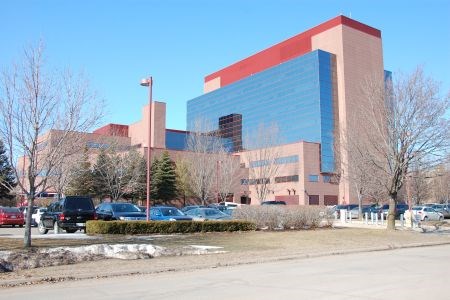The release yesterday of the annual report of Ontario’s auditor general is offering insight into the reason the province’s lottery corporation decided to cease its plan to privatise lottery operations.
In the report by Bonnie Lysyk, auditor general of Ontario, it is noted there were pre-qualified private-sector operators in the mix to take over lottery operations, but said they were unable to meet targets set by Ontario Lottery and Gaming in the request for proposal (RFP).
“In responding to the RFP, the pre-qualified private-sector operators indicated to OLG that they would not be able to commit to a level of business growth as required under the RFP,” writes Lysyk.
The proposed business model Lysyk said was in the RFP, in which a private-sector service providers were to operate the lottery while the government was to retain control of how it was conducted, complicated the transaction and created delays, she wrote.
When OLG cancelled the RFP process on Sep. 23, 2016, a press release issued by the corporation said it is now in favour of a revised modernization approach in partnership with the private sector.
“OLG believed that, despite cancellation of the RFP process, there is untapped revenue potential in the market and the new lottery modernization approach will provide increased revenues to the province,” wrote Lysyk in the report.
She said OLG is about four years behind in the modernization plan, the benefits of which will not be fully realized until the 2021-22 fiscal year, not 2017-18 as was originally projected.
As well, projections of an additional $1.263-billion in net profit to the province has been reduced by 30 per cent to $889-million.
OLG provides the Ontario government more than $2.2-billion annually, the province’s largest source of non-tax revenue.
Also in the report, Lysyk said there is a ‘chronic shortfall’ of applicants interested in public appointments to various public boards and agencies in northern Ontario.
“In the last five years in the Province overall, 30 agencies with one or more vacancies have received less than 10 applications each; 22 of them were in Northern Ontario,” wrote Lysyk.
In one case, the Algoma University board of governors had a position vacant for more than two years.
Among Lysyk’s recommendations, ‘the Treasury Board Secretariat, working with the ministries, should proactively promote vacant positions in Northern Ontario to attract qualified applicants'.
In a section of the report on climate change, Lysyk notes that northern Ontario is more vulnerable than southern Ontario, in part, because its economy depends more on colder weather.
The report recommends strengthening the network of winter ice roads, which are used to access some rural northern communities, in advance of projected warming.
Within the environmental approvals section of the report, Essar Steel Algoma is mentioned as Ontario’s sixth largest emitter of contaminates.
The 2014 numbers cited the top 10 emitters “that cause air-quality related issues, such as smog and acid rain”, in which Essar Steel Algoma was said to have emitted 9,000 tonnes in that year.
In the same year, Vale Canada LTD’s Copper Cliff processing facility took the top spot on the list, having emitted 143,598 tonnes.
